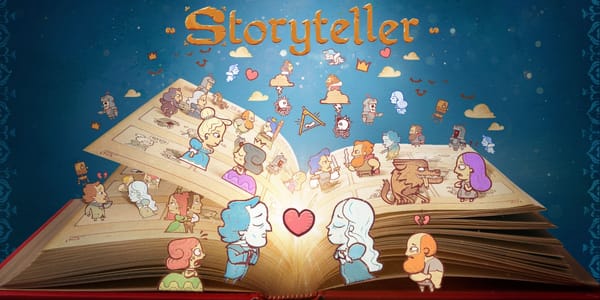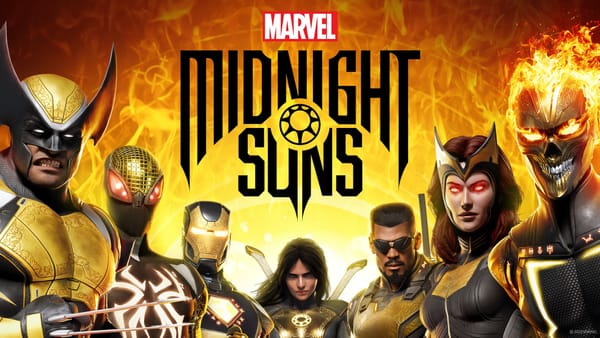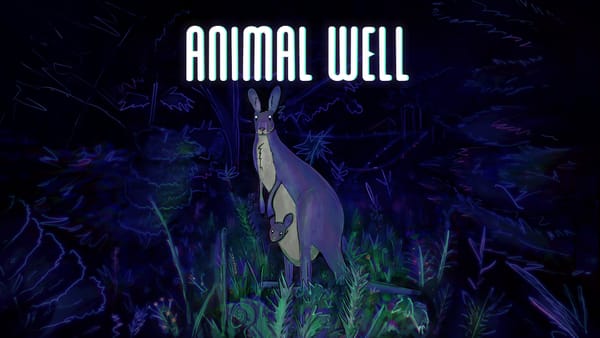Return of the Obra Dinn and jigsaw puzzles
Or, how I spent my Christmas break
As I sat across from my mother, both of us slowly working away at a 1000-piece puzzle, discerning what was dark wood paneling versus dark brick, and whether a yellow nub meant that a piece went in the lower right quadrant or the lower left, I couldn’t help but draw parallels with my experience playing Return of the Obra Dinn.
Let’s start with the jigsaw puzzle, since I’m sure you all have been dying to hear my thoughts on jigsaw puzzles. Eighteenth century games can also be on your backlog, okay? In my family (like most families, I suspect), there are two different kinds of people: people who like jigsaw puzzles and people who vehemently dislike jigsaw puzzles. My mom and me? Like. My wife and my dad? Vehemently opposed. Truth be told, I get why people don’t like them. The initial hours are an exercise in patience and frustration. Having completed the border, you try to build inward from there. If you’re me, you choose the most visually distinct portion of the puzzle to focus on at first. This has two effects: 1) it makes you feel smart, which helps keep your head in the game; and 2) it shrinks the pool of possibilities, making it easier in the endgame to figure out what is, for example, dark wood paneling versus dark brick. It can be difficult and tedious, but when you’re looking at a finished puzzle, there’s a pleasure and satisfaction to it that is hard to deny.
Return of the Obra Dinn is basically a jigsaw puzzle, then. The premise is this: you’re placed on a ship, the titular Obra Dinn, with a ledger of 60 people, all of them dead or missing, and you’re tasked with figuring out what happened to all of them. You’re also given a book with two drawings featuring the entire crew, but, importantly, you do not know which name on the ledger belongs to which figure. By watching a series of vignettes, which detail a single person’s death or disappearance on the ship, you have to piece together the names and fates of 60 people, a process that took me 11 hours, despite the fact that watching all the vignettes only takes about 60 minutes, give or take. Gameplay involves returning to these scenes to poke around, unburdened by time,1 taking the time to notice details you hadn’t before (the people at the card table are speaking Russian; the person in hammock 37 has a tattoo of a woman on his forearm), working your way toward filling out the entire ledger in order to fulfill your duties as an inspector for an insurance company. You only know you’re right when you get three correct fates (picture+name+death+whodunit), at which point the game changes your entries from cursive to a printed typeface to confirm them, but not before playing what has to be the most satisfying “You did it” music ever in a videogame.
If this all sounds dreadfully boring, it isn’t. If it all sounds wickedly difficult—well, it is. I’ve never felt as mentally taxed playing a game as I did with Return of the Obra Dinn.2 Smartly, the game gives you a freebie at the start. The first three fates are easily solved, as the names of the people involved are more or less given to you in the spoken dialogue, a generosity it doesn’t repeat for the remainder of the experience. Much like putting together the frame of a jigsaw puzzle, these initial fates are a gimme, meant to hook you on the more difficult task of working your way inward. Even more helpfully, as you progress, the game begins to rank its own mysteries, giving challenge ratings to individual crew members that give a sense of how difficult their fates are (or aren’t) to piece together.
In this way, I worked through Obra Dinn just like I would a jigsaw puzzle with my mother, starting with the easier mysteries in order to have fewer pieces left when it came to the more difficult challenges. I won’t lie: some of my successes were based on dubious hunches and not, as I later Googled, some of the subtler information that had been given to me. (I’m looking at you, Emily Jackson’s wedding ring.) But by the time I had concluded the game, the entire picture of what had transpired on the ship was clear in my mind in the same way a completed jigsaw puzzle lies before you on a card table in your parents’ basement. You look it over once more and remark on the good work you did to get it to this point, knowing that it’s a puzzle you’ll only ever get to put together once.





